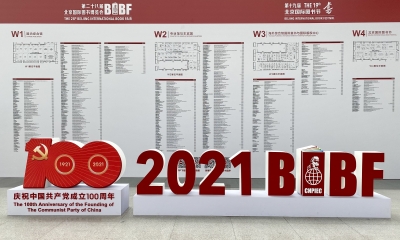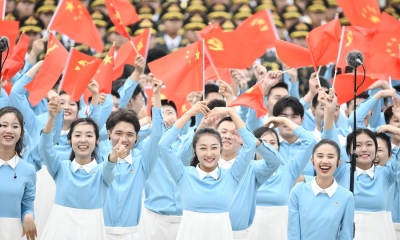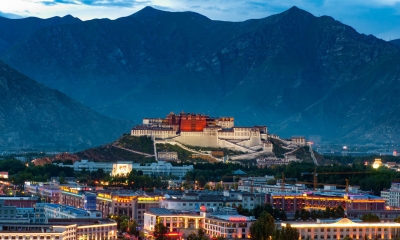Why China’s System Works
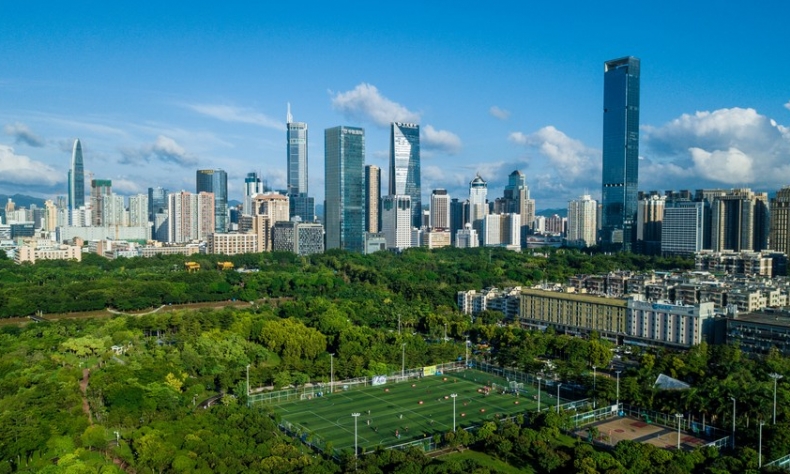
China outperforms the world’s largest democracy on almost every economic and social indicator.
Ever since John Locke and the Age of Enlightenment, liberalism has been considered by many to be the most efficient way to organize a political system.
In recent years, the once-fringe theory of neoliberalism has come to dominate political and economic thinking in many western countries. Proponents claim that by reducing the state’s influence in the economy – through privatization, deregulation, and austerity – the market will be able to operate more efficiently.
The collapse of the Soviet Union was said to have validated such belief and led Francis Fukuyama to announce the “End of History” in 1989.
End of history postponed
Much has changed since the dying days of the Soviet Union.
In the West, the fire sale sell-off of pubic assets has resulted in weak and impoverished states being forced to borrow and run up increasingly greater deficits each year. Austere policies have caused a collapse in public infrastructure and an erosion of the once-prized social safety net. And a severely under-regulated financial market ushered in the greatest economic recession since the 1930s.
Neoliberalism has been a failed experiment, researchers at the International Monetary Fund (IMF) concluded. In a groundbreaking article titled “Neoliberalism: Oversold?”, three of the banks’ top economists noted that reducing the size of the state and deregulating the market hadn’t delivered growth as promised.
“Instead of delivering economic growth, some neoliberal policies have increased inequality, in turn jeopardizing durable expansion.”
Around the same time as the Reagan administration and Margaret Thatcher were subjecting their societies to Milton Friedman’s Chilean model, China was also experimenting with economic reform. Comparing the two systems and their outcomes now is like comparing night to day.
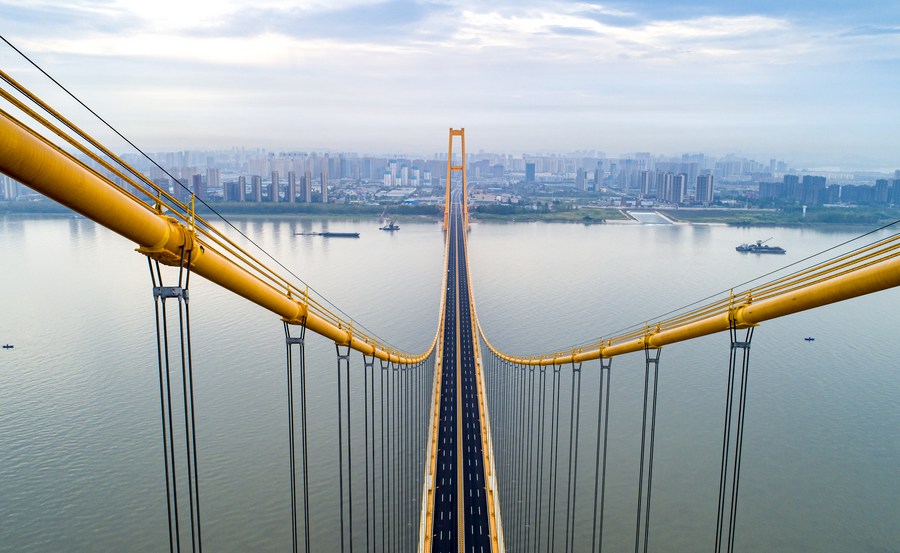
In China, a strong and well-resourced state has led to the greatest infrastructure building project on the planet. Gradual opening-up has harnessed the market’s productive forces while limiting its less desirable effects. And the powerful synergy created between the state and the market has resulted in unmatched economic development and the greatest contribution to poverty alleviation in human history.
Professor Kerry Brown, Director of the Institute of Chinese Studies at King’s College London, noted that China’s achievements are the direct result of the Communist Party of China(CPC).
“Regardless of one’s political views, there is no denying that China is where it is at because of the Party,” he told an international forum in Shanghai last week.
The International Academic Conference on “The Communist Party of China Governing the Country: Experience and Enlightenment” was held at Fudan University, Shanghai, on July 20, 2021. The Forum was co-organized by China International Publishing Group and Fudan University.
Understanding China’s system
The Communist Party of China has changed China and the outside world, Brown noted. On the occasion of the 100th anniversary of its founding, it has never been more significant to understand what the CPC’s intentions are, what it believes its core mission is, and how these relate to the wider world, he said.
To begin, Brown suggested viewing the organization in human terms. When outsiders look at the party, the individuals are often forgotten. “Many observers also forget that the main function of the CPC is to resolve problems from the village level to the national level,” he said.
Professor Robert Walker, emeritus fellow of Green Templeton College, Oxford University, and now the professor of the China Academy of Social Management at Beijing Normal University unpacked this point further. Drawing on the country’s historic achievement in poverty alleviation, Walker explained the primary reason for China’s success lies in its ability to coordinate and mobilize the party at all levels along with the private sector.
“The target of eradicating poverty by 2020 focused the attention of all levels of policymakers. In mainstreaming poverty alleviation, all policies were concentrated on this central aim,” he said.
The CPC facilitated cities in the prosperous east adopting and supporting villages in the developing West, Walker noted. Likewise, successful commercial companies in China’s east were incentivized to invest in start-ups in the developing West.
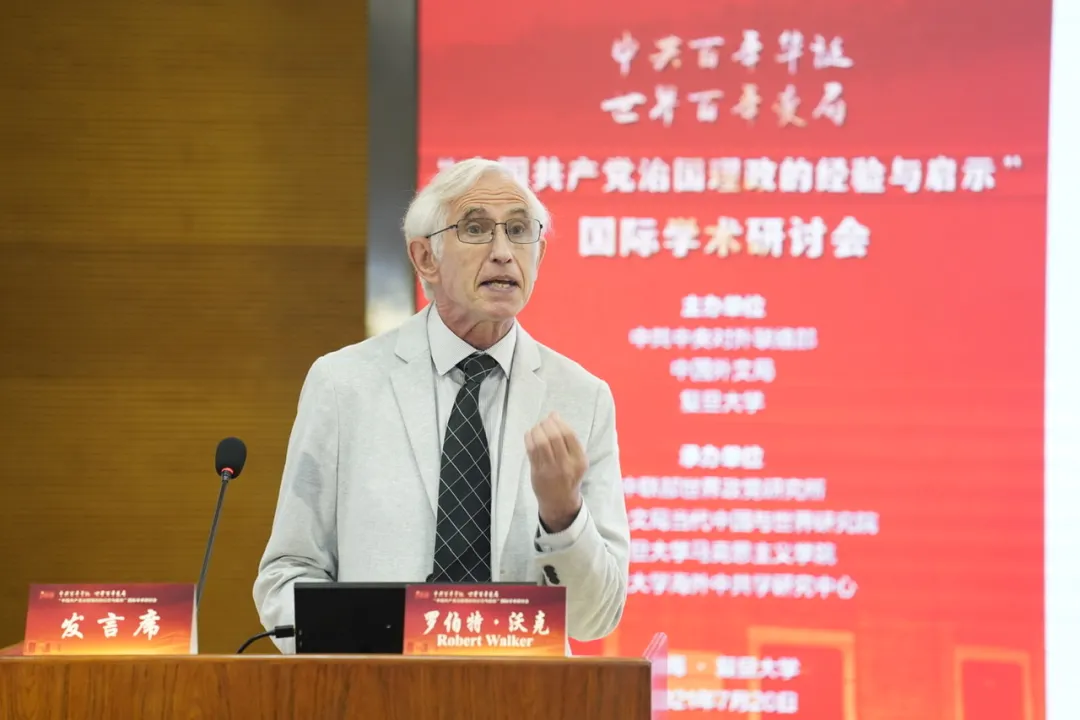
China’s system works
Addressing the forum in Shanghai, David Ferguson, Senior Editor of China’s Foreign Languages Publishing Administration, drew an interesting comparison between China’s governance model and Western-style democracies.
He suggested that those looking to understand China’s governance model better should avoid falling into the trap of comparing it with its nearest economic rival, the United States. Instead, China should be compared with its Asian neighbor, India.
China and India make for a good comparison because the two countries share several features, Ferguson explained. Both achieved their current political statehood around the same time following more than a century of foreign occupation and oppression. And both had a large and desperately poor population at the time of their founding. The main difference, Ferguson noted, is that India opted to become a Western-style democracy while the Chinese people and history chose the CPC to govern China.
“If there is any substance to the idea that Western-style democracy is the best political model, then India should provide plenty of evidence for this fact, by outperforming China on all sorts of economic and social indicators,” he said.
Instead, the opposite is the case. China outperforms the world’s largest democracy on almost every economic and social indicator, Ferguson explained.
GDP of China totals around $15 trillion while India’s remains at about $3 trillion. China’s per capita income stands at around $10,000 versus India’s $2,000. You can look anywhere and the story is the same, he added. Life expectancy in China is close to 80 years, while in India, it is 69 years. Infant and maternal mortality rates are over five times higher in India than in China. Homicide and suicide rates are also much higher in India, he added.
“China’s governance system has a proven track record of success that has never been matched by any other developing country using any other model.”
Unlike the West, China has a strong government that provides stability and order. Its governance system is designed to create cooperation and participation rather than manufactured opposition. And its leaders plan for the long-term and the best interests of everyone. Ultimately, the first centennial goal of the CPC, Ferguson explained, is to create “moderate prosperity for all” – not obscene wealth for the few.
The article reflects the author’s opinions, and not necessarily the views of China Focus.
Related Stories:
A Hundred Years of the Communist Party of China: Remembering the War of Resistance
 Facebook
Facebook
 Twitter
Twitter
 Linkedin
Linkedin
 Google +
Google +




